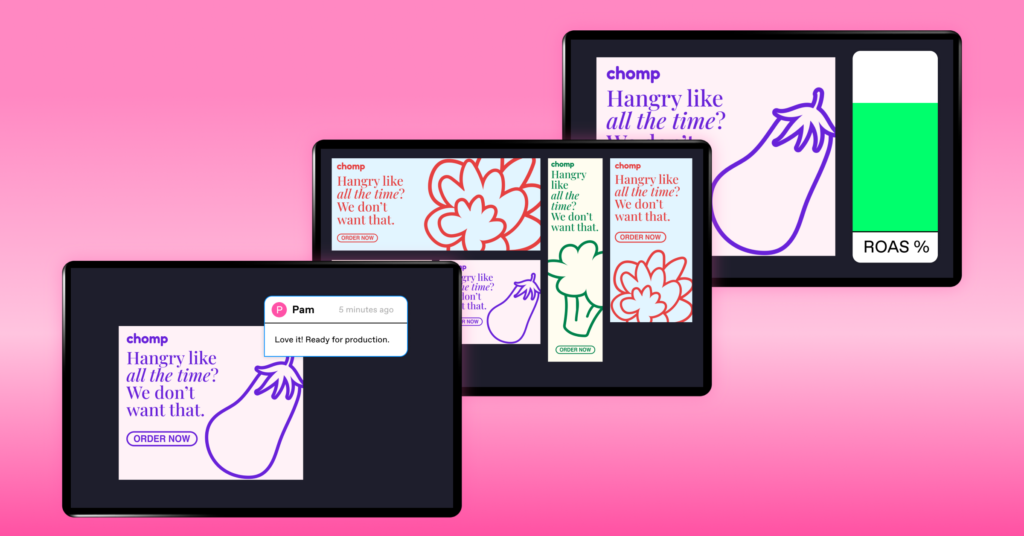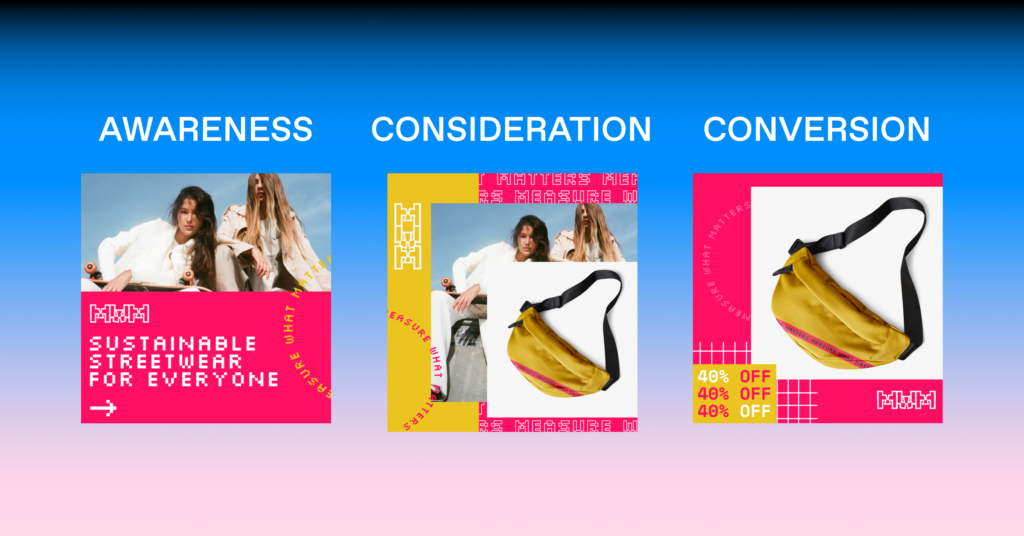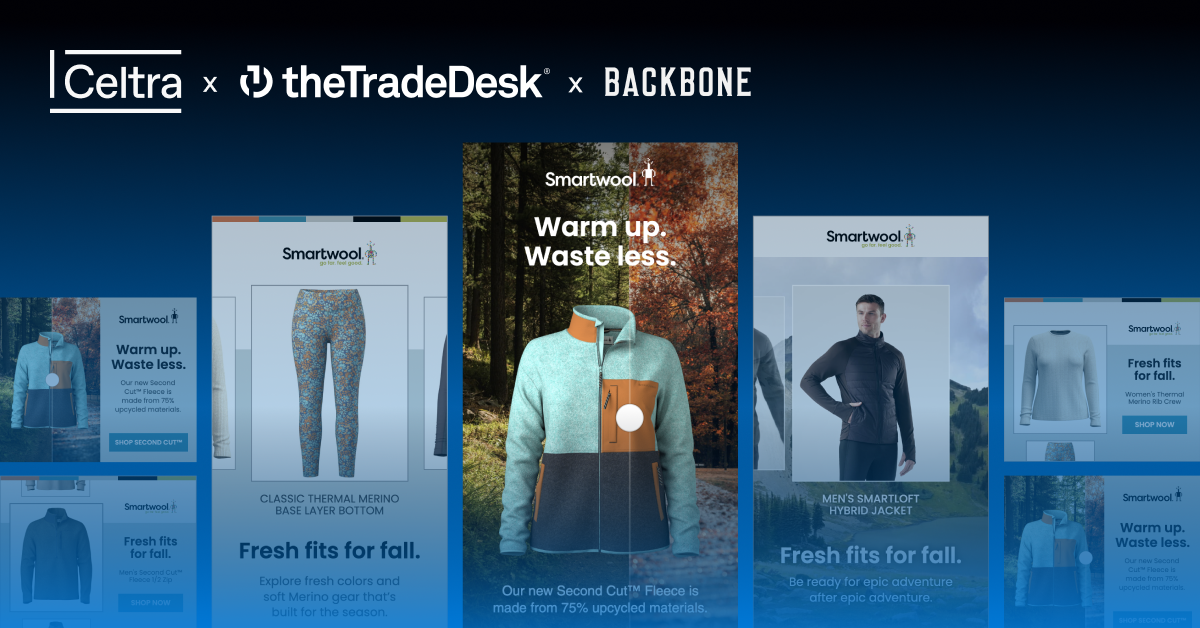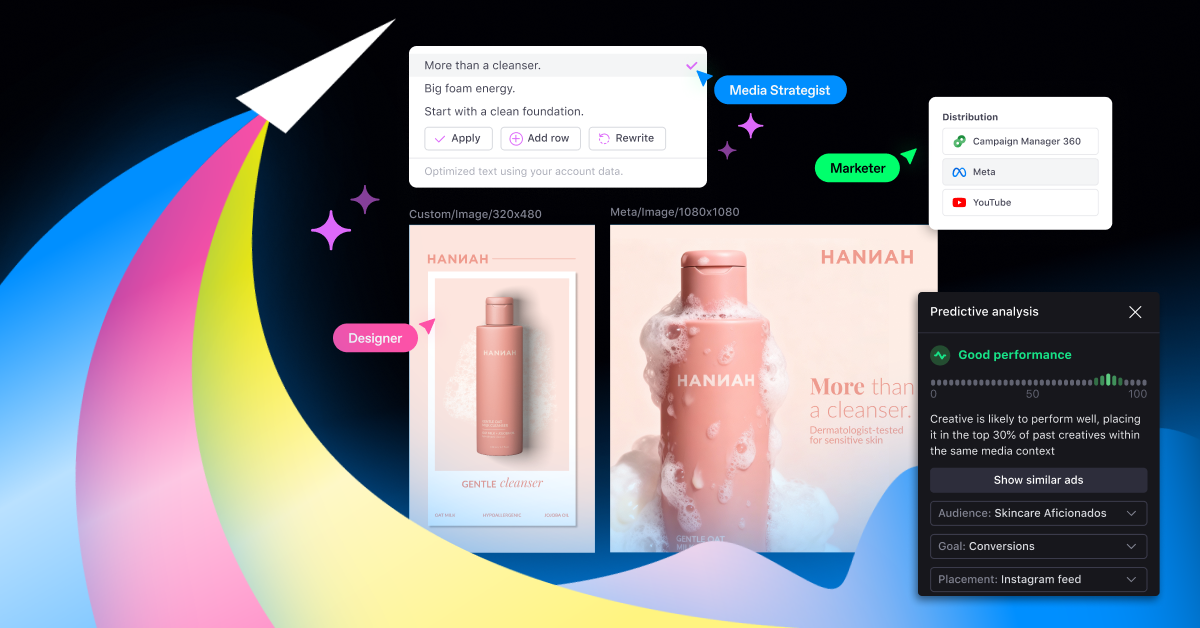In the digital marketing world, things are getting personal- in a good way. When a marketer strikes the perfect balance between being personable in ads that are personalized for the viewer, great results happen. That’s why personalized content is a powerful tool that, as marketers, we use to connect with consumers in a way that generic content simply can’t compare. This magical key unlocks consumer hearts, minds (and wallets) making them feel like they’re more than just a number in a database.
In short, personalized content can help build stronger connections with consumers, increase engagement and conversions, and improve customer satisfaction and loyalty. On that note, we’ve compiled a short and easy checklist of the top four things you need to do to create valuable personalized content.
Build a connection
This should be your first port of call- always! We know that building a connection is paramount to driving conversion, but we also know that personalization (at scale) requires a lot of extra work. One of the main challenges of personalization is the production process and creating enough assets to hit various touchpoints all the way down the funnel. Manual methods of production make this process incredibly slow and burdensome. Instead, marketers can rely on software tools like Creative Automation to simplify it, and cut the speed to market time drastically. That way, teams can quickly and efficiently scale personalized content, while ensuring quality design and brand integrity.

Do your research and test your findings
A little extra research into your customers can go a long way! Building profiles, speaking to ideal customers, and really getting into character play key roles in knowing how to target them. Creating detailed customer profiles will help you tailor your content to them.
With Celtra’s creative automation software, you can produce multiple templates for always-on creative testing to find the goldilocks combination of messaging, design, and products that stand out against the competition. This test-and-learn strategy allows your team to optimize content based on their findings. With all this at hand, you are then much better equipped to test out your combinations.
Line up your content all the way down the funnel
Buying is a journey, and no good ride is the same all the way through. Change it up by creating different playbooks for different stages. To guarantee your customers don’t grow tired of seeing the same ad over and over again or worse, catch the ad-fatigue bug, don’t forget to show creative variety- and lots of it!
We often see marketers prioritize creative efforts for top-of-funnel campaigns such as awareness and branding in the hope they’ll reach more potential customers without thinking about how design at the lower level can enhance the personalization strategies they implemented at the top of the funnel. It’s important for customers, when reaching the last funnel stage, to feel like there is still a level of personalization. This is because, as we’ve seen, personalization is the key to unlocking those consumer hearts and wallets! The more design focus you put in at the lower level, the higher your performance. Creative Automation tools like Celtra for Dynamic Product Ads, is an effective way to ensure the same level of creative craftsmanship from the top to the bottom of the funnel.

Tell a story!
As much as everything is about the customer, nobody’s going to show any interest if there isn’t a narrative that speaks to them. This also might mean talking to different departments in order to find the right talk track. Creating memorable content is tough, especially when the average person only stays on your site for a mere 5-7 minutes. Telling a memorable story in the short time you’ve got their attention is the nexus between making an impression and having an impact.
Remember that tone of voice can be a powerful tool for storytelling as it can convey emotion, attitude, and characteristics. With strong copy and impactful visuals, within 3 short minutes, your consumers can leave with a niggling feeling that they might need to come back at some point- and they’ll remember your brand when they do.






